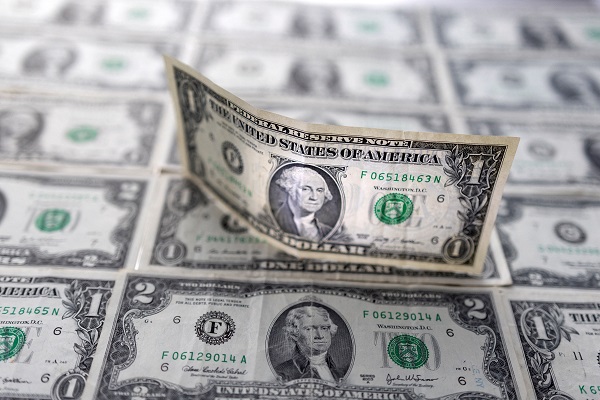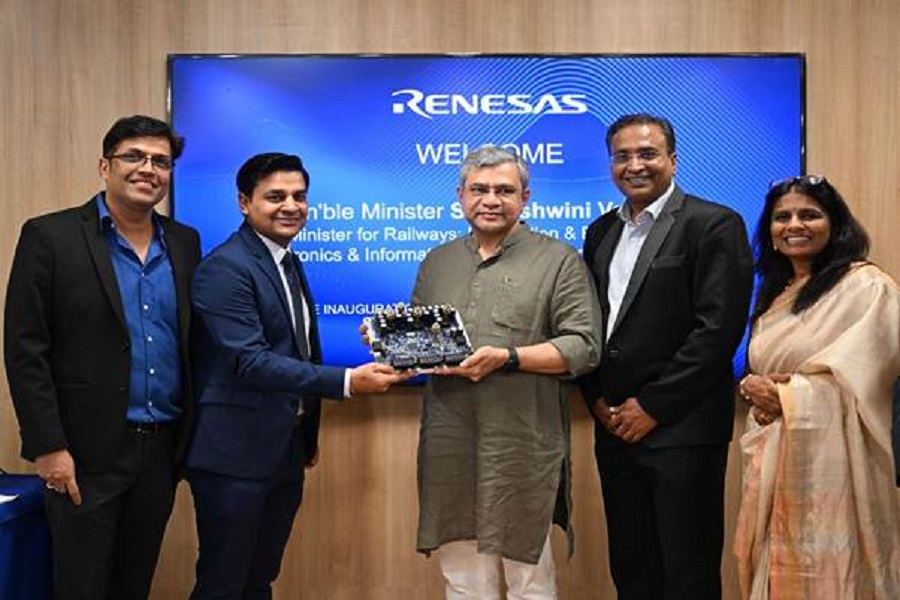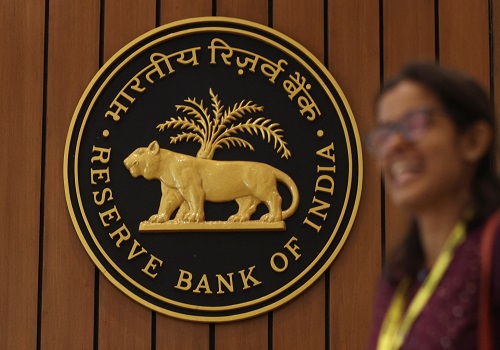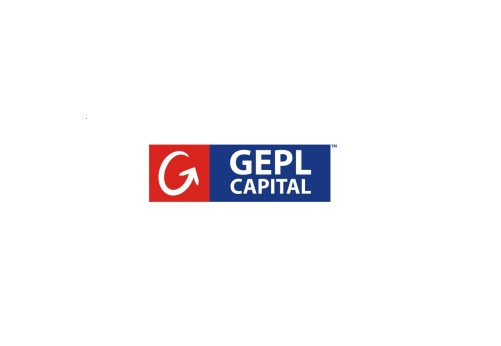Domestic Demand Revival Spurs Earnings Upgrades; NIFTY Poised for 29,000-Level Ahead: PL Capital

PL Capital, one of India’s most trusted financial services organizations, in its latest India Strategy Report titled “Earnings upgrade cycle might begin”, cited that India appears to be entering a long-awaited earnings upgrade cycle, driven by resilient corporate performance, strong festive demand, supportive policy actions, and an improving macroeconomic environment, according to the latest India Strategy report released today. After five consecutive quarters of downward revisions, NIFTY earnings have finally reversed course, showing upgrades of 0.7%, 0.9% and 1.3% for FY26, FY27 and FY28 respectively. This marks a significant shift in sentiment and establishes early but clear signals of a broad-based revival in corporate profitability.
NIFTY has risen 4% in the past three months, breaking out of a prolonged consolidation phase. The report attributes this shift to better-than-expected 2Q26 corporate earnings, hopes of progress in resolving tariff disagreements with the United States, and a visible resurgence in domestic consumption during the ongoing festive and wedding season. This revival is also supported by GST rate rationalization introduced in September 2025, which reduced effective retail prices across several consumer categories and boosted spending across urban and rural markets.Using a 15-year average PE of 19.2x and September 2027 EPS estimate of 1,515, the report pegs the 12-month NIFTY target at 29,094, with a bull-case valuation of 30,548 and a bear-case scenario of 26,184. The model portfolio remains overweight on banks, healthcare, consumer goods, automobiles, and defence, while maintaining underweight positions in IT services, commodities, and oil & gas.
Corporate earnings for the quarter have been resilient. Companies within the coverage universe recorded growth of 8.1% in sales, 16.3% in EBITDA and 16.4% in PAT. Importantly, EBITDA and PAT surpassed estimates by 5% and 7.1% respectively, leading to the first upgrades in NIFTY EPS since August 2024. Sectoral performance was notably strong for hospitals, capital goods, cement, electronics manufacturing services (EMS), ports, NBFCs, and telecom. Commodity-linked sectors, particularly cement, metals, and oil & gas, posted robust profit expansions in the range of 33–58%.While government capital expenditure has been a major pillar of economic momentum over the past four years—growing more than threefold since the pandemic—the report cautions that the second half of FY26 may see some moderation. Capital spending in 1H26 has already reached 52% of the annual target, compared with 41% in the previous year. However, the combination of GST rate rationalization, higher fertilizer subsidies, and modest direct tax collections could limit the government’s ability to overshoot its current capex budget. Nonetheless, the report states that domestic demand is now better positioned to drive economic momentum due to income tax cuts, 100 basis points reduction in interest rates, a normal monsoon, and 12-year low inflation.
According to nationwide trade data, Diwali 2025 delivered one of the strongest festive cycles in recent years, with total seasonal sales rising an estimated 25% year-on-year over the Rs.4.25 trillion base in 2024. Traditional retail accounted for nearly 85% of all transactions, while services including hospitality, logistics, travel and event management added about Rs.650 billion. Gold and silver purchases remained a standout, with festive-period transactions estimated at Rs.0.7–1 trillion, largely driven by coins, bars and lightweight jewellery. The season also created roughly 5 million temporary jobs. Passenger vehicle demand surged following the September 2025 GST reduction on small cars—from 28% to 18%—which cut prices by 5–10% and accelerated buying. PV sales touched 5.49 lakh units in September 2025, while Tata Motors crossed the 1-lakh-unit mark during the Navratri–Diwali period, recording 33% annual growth. Two-wheeler and tractor sales also strengthened, supported by healthier rural incomes and festive buying sentiment.
The value of UPI transactions during the FY2026 festive period soared to an unprecedented Rs.28.4 trillion, compared with Rs.23.9 trillion in FY2025. This sharp increase reflects both the depth and breadth of India’s digital payment ecosystem, which now serves as a barometer of real-time consumer sentiment. Credit cards also recorded a significant rise in spending—from Rs.1.62 trillion in FY2025 to Rs.1.90 trillion in FY2026—reflecting improved consumer confidence and a higher appetite for discretionary purchases. Although debit card usage softened marginally, the overall payment landscape expanded to Rs.30.7 trillion during the festive period, up from Rs.26 trillion a year earlier. This surge was powered not only by retail categories but also by a robust expansion in services such as hospitality, travel, logistics and event management, all of which benefitted substantially from the festive boom.
Despite global headwinds and the imposition of 50% U.S. tariffs on select Indian goods, India’s merchandise and services sectors have remained resilient. Although merchandise exports contracted 12% year-on-year in October, the impact of reduced shipments to the U.S. was mitigated by strong export growth to markets such as the UAE and Vietnam. Services exports continued to expand, rising 12% year-on-year in October to reach a monthly record of US$38.5 billion, driven by IT, digital services, and professional consulting. The continued expansion of Global Capability Centers (GCCs) in India—accelerated by tighter H-1B visa norms in the U.S.—has further strengthened India’s services export ecosystem.
Although global uncertainties and trade-related pressures persist, the domestic economic landscape is strengthening at a pace not seen in several quarters. With earnings revisions turning positive, consumer demand reviving across segments, and macro indicators showing resilience, India is poised at the cusp of a new growth and profitability cycle. Market valuations remain reasonable at 15-year average levels, providing a balanced runway for the next phase of equity market performance. As policy support aligns with corporate and consumer optimism, India’s economic and earnings trajectory appears well-positioned for sustained expansion through FY27 and beyond.
Above views are of the author and not of the website kindly read disclaimer


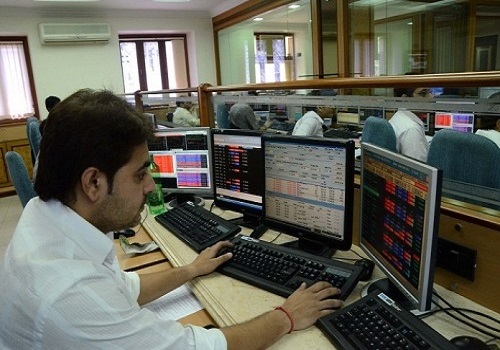

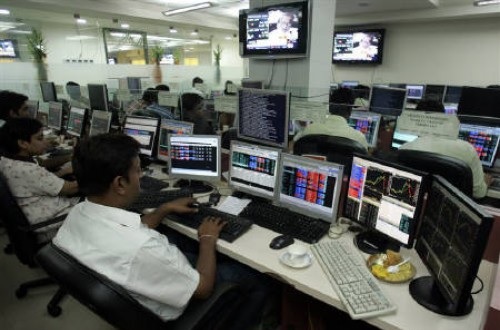


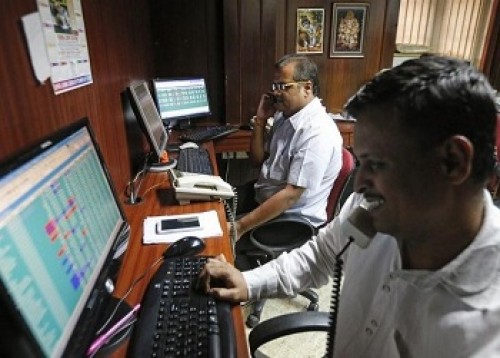

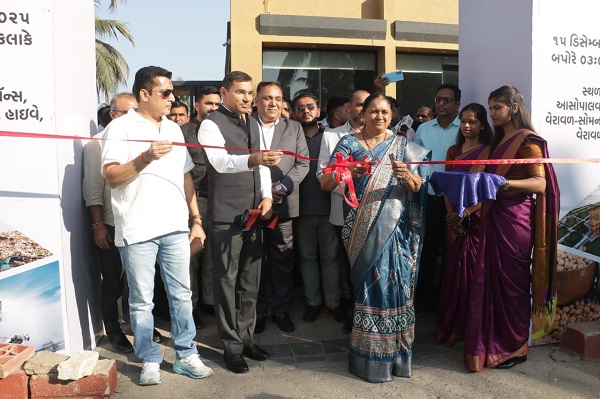
Tag News

Quote on Equity & Debt Outlook 2026 by By Mr. Prateek Nigudkar, Senior Fund Manager, Shriram...






